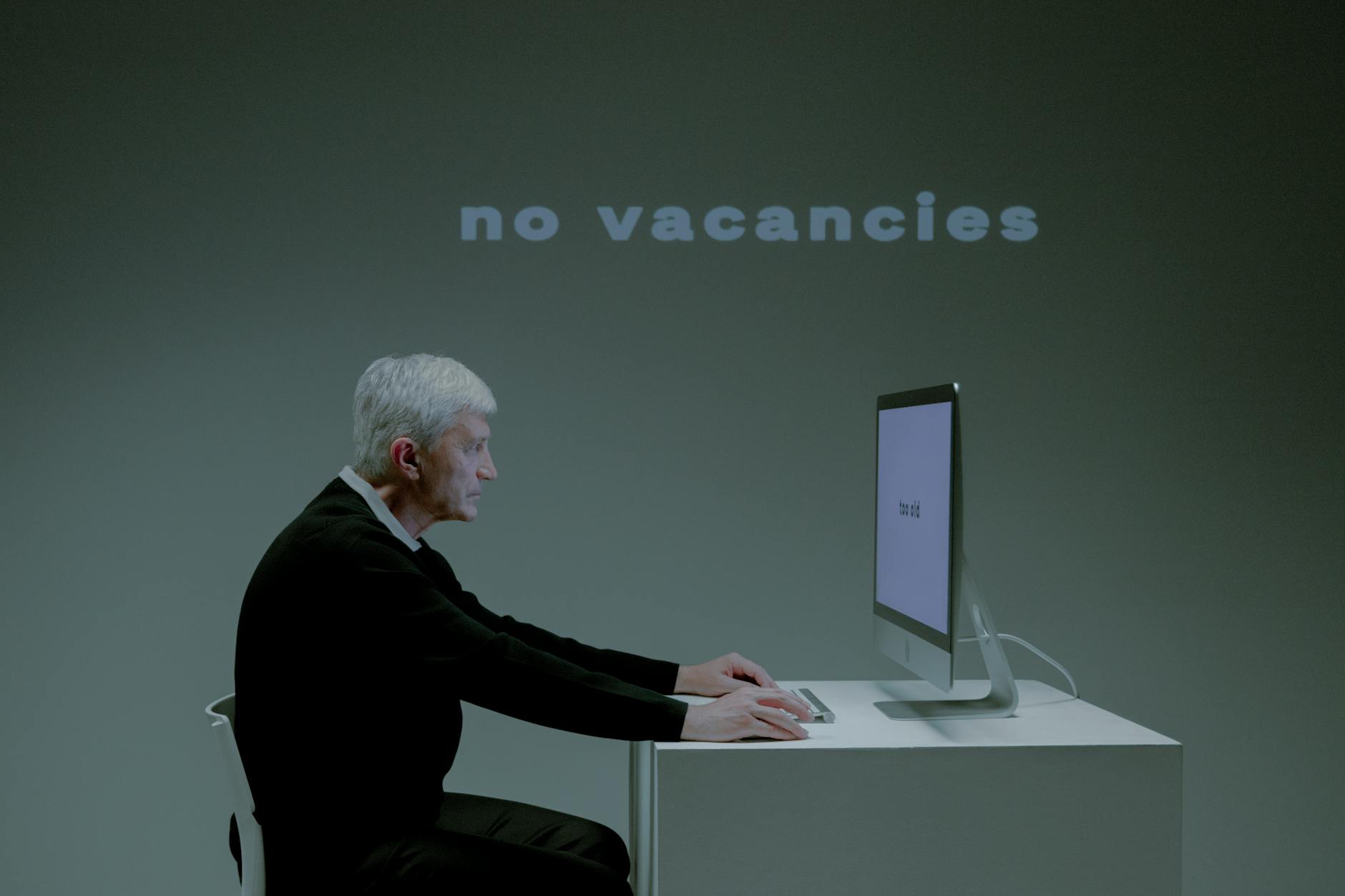Navigating unemployment benefits can feel overwhelming, especially when trying to understand their duration. Awareness of when these benefits end is crucial for planning your finances. Let’s break down the important aspects surrounding the end of unemployment benefits and what you need to know to stay informed and prepared.
Understanding Unemployment Benefits Duration
Unemployment benefits usually provide financial support for individuals who are out of work. They help ease the transition into new employment. In most states, workers can receive benefits for a set number of weeks based on various factors, including the state’s unemployment rate.
- General Duration: Typically, standard unemployment benefits can last up to 26 weeks in many states. However, this can vary. Some states may offer fewer weeks, while others may provide extended benefits during times of high unemployment.
How is Your Benefit Period Calculated?
Your unemployment benefit period starts when you file your initial claim. Most states will allow you to receive benefits for one year (12 months) from your claim start date. If you haven’t exhausted your benefits by then, your eligibility ends regardless of how many weeks you have actually collected.
- Benefit Year End: Ensure you know your benefit year end date, which is usually twelve months following your claim's start date. Check your state’s unemployment website or claim summary for this date.

Photo by Ron Lach
Different Types of Unemployment Benefits
There are a few types of unemployment benefits that can affect when your benefits end. Knowing these can help clarify your situation if you’re facing a potential expiration.
Regular Unemployment Insurance (UI)
Most people qualify for this type of unemployment benefit immediately after losing their job. As outlined earlier, it usually lasts for up to 26 weeks, depending on the state’s regulations.
Extended Benefits
When the unemployment rate in your state remains high, additional weeks of benefits may be available. This can grant up to 13 extra weeks of assistance or even longer if certain criteria are met. Be sure to check for updates from your state in case these benefits are extended.
Disaster Unemployment Assistance (DUA)
If you’re impacted by a declared disaster, you may qualify for DUA. This program provides benefits to a wider range of workers, including self-employed individuals. The eligibility criteria for DUA is different and is usually dependent on applicants showing a direct link between the disaster and lost income.
What if Your Benefits are About to End?
As your benefits approach their end, you might feel stressed about your financial situation. Here are some options and tips to consider:
Assessing Your Situation
-
Look for Work: Start searching for jobs as soon as possible. Many states determine eligibility for extended benefits based on ongoing job searches.
-
Additional Benefits: If you exhaust your unemployment benefits, you may still qualify for other assistance programs, like food stamps or housing aid. Don’t hesitate to reach out to local agencies for support.
Reapplying for Benefits
If your benefits run out and you’re still unemployed, you might be able to file a new claim. To qualify, you’ll need to have earned enough wages during the last 18 months. Remember, certain individuals—like those who worked in different states—might need to apply through different processes.
Keeping Track of Changes
Unemployment benefits can change due to new legislation or shifts in the economy. Staying informed is key.
Follow Government Updates
- Check your state's unemployment office for announcements regarding benefit extensions or program changes.
- Sign up for newsletters or alerts related to unemployment benefits to receive timely updates.
Conclusion
Understanding when unemployment benefits end is fundamental for financial planning during job loss. Whether it’s the standard benefits, extended options, or disaster-specific aid, knowing your rights and the duration of your benefits can empower you during challenging times. Always stay proactive: search for jobs, explore other financial assistance, and keep updated with your state’s unemployment guidelines.
Remember, you’re not alone in this journey. There are resources and supports available to help you get back on your feet.
